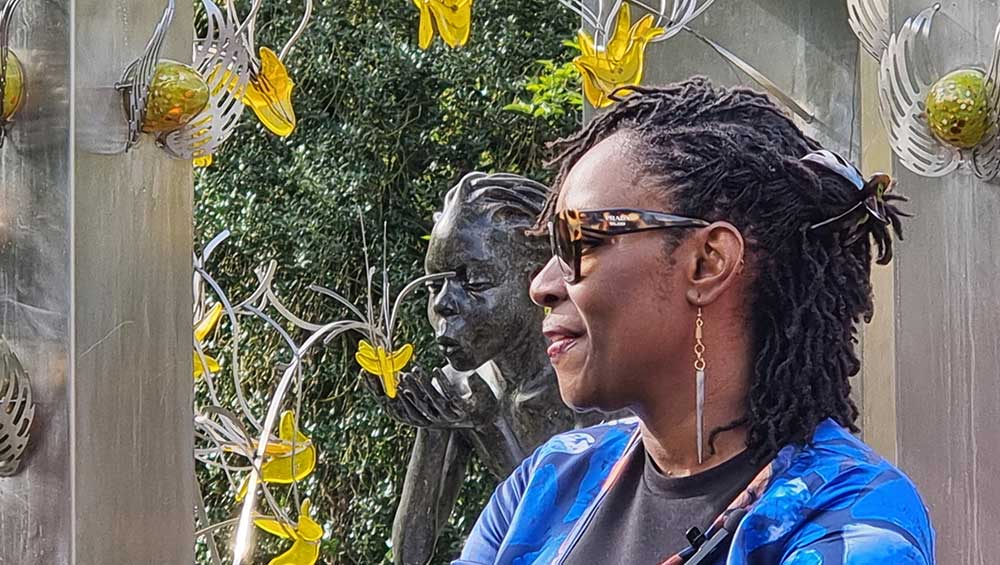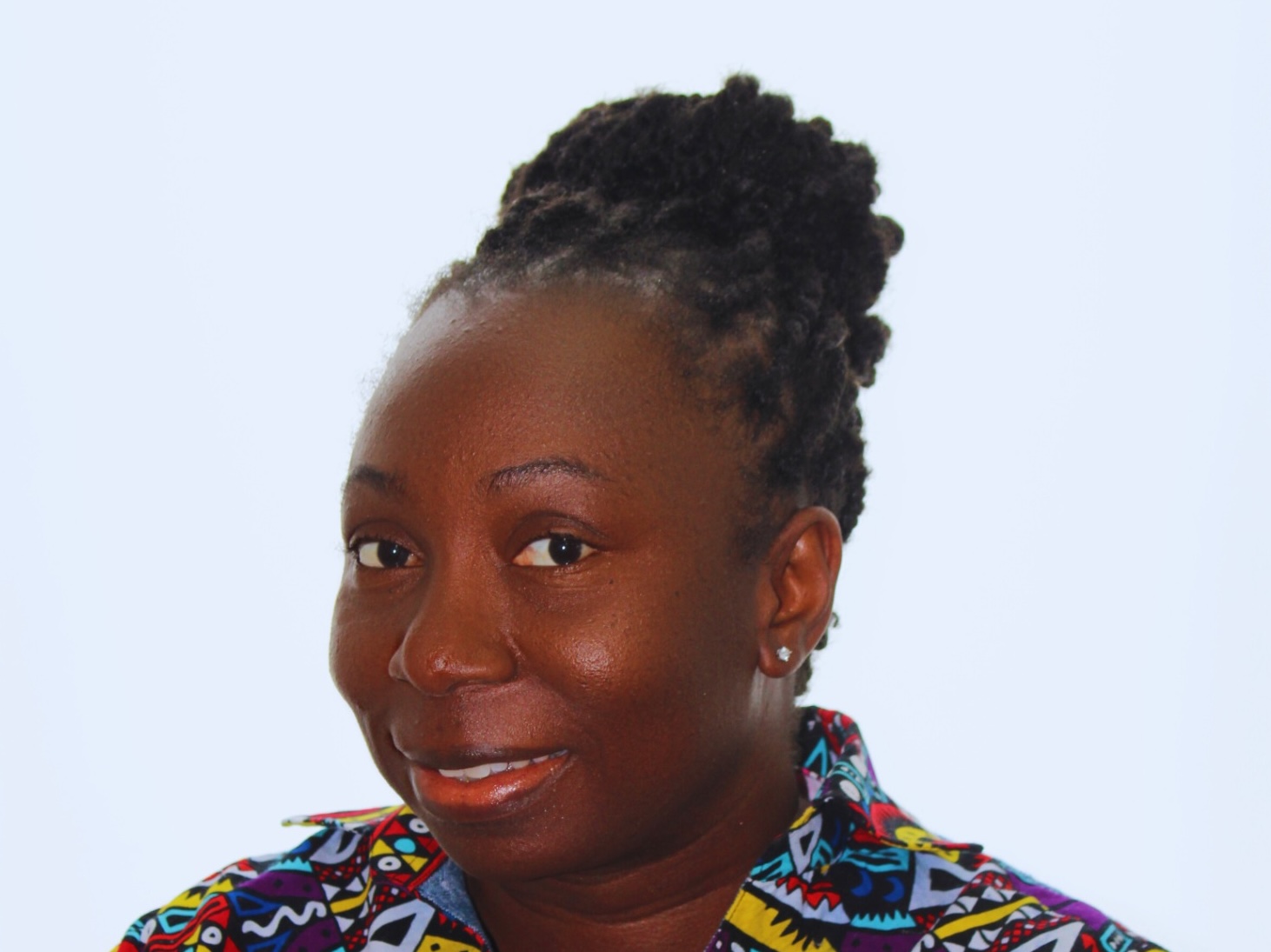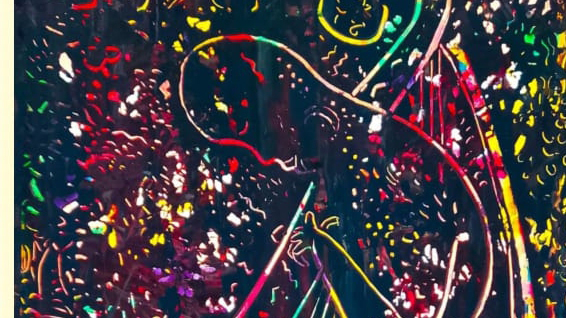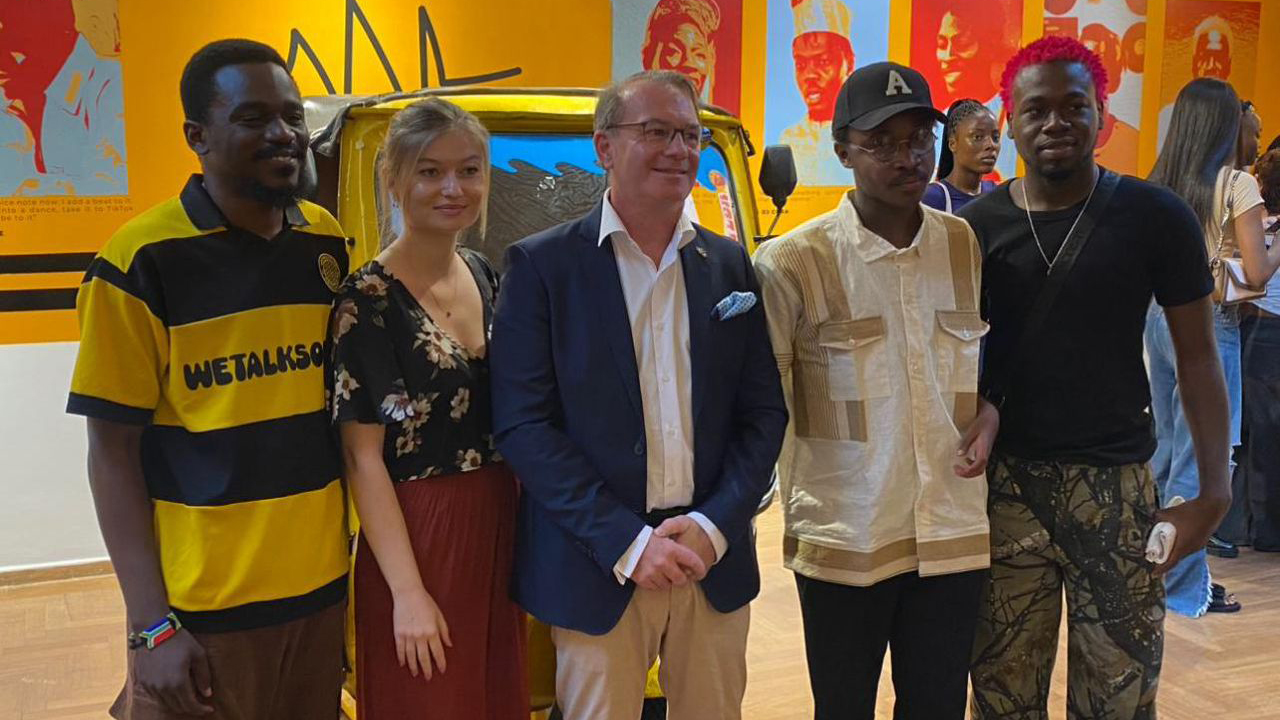
Peju Alatise often springs hope. Whether as an architect or a visual artist, it’s impossible to turn your attention away from her.
For the lady, who started her career as an architect, before veering slightly off to becoming a visual artist and increasingly finding ways to merge both disciplines in her practice, her international career has come full circle.
In the past couple of years, Alatise’s career has been on a roll. From winning a Smithsonian Artist Research Fellowship, in 2016, to representing Nigeria at the Venice Biennale in 2017 and scooping the coveted FNB Art Prize in Johannesburg the same year, and one of the 114 architects and artists that participated at the 17th International Architecture Exhibition, organised by La Biennale di Venezia (Venice Biennale), the Lagos-based artist’s career is one that is coming strong by the day.
Her work has always been heavily influenced by Yoruba mythology, which equally informed her preference to experimenting with form, content and texture.
Alastise’s own artistic production can be sometimes ghoulish, life-like and immersive in its storytelling technique.
Speaking at the recent launch of her book, Silifat, which held at the Alliance Francaise, Ikoyi, the multi-disciplinary artist raised the need to have plural narrative in the Nigerian art space.
She made arresting remarks about the issues that dominate the contemporary Nigerian art scene, saying: “The industry is a single story: Woman breastfeeding and pastor casting out juju. There is a tendency to tell one story… We don’t encourage our stories. And a good story has the potential to change the world.”
She added: “Everything I do is about Yoruba folklore. I want to make sure they are not lost. Folklore is strength. Those stories should be brought to the foreground.”
While noting that history is written by those, who have money to write, Alatise said, “there is need to change narrative and support genuine voices.”
She continued, “in Nigeria, if you are not a famous writer, publishing and printing houses will not want to publish your works because they are not out to groom up-and-coming writers rather they prefer writers that are famous.”
Narrating her ordeal to the audience during a conversation at the launch, Alatise said: “It is one of the problems that I had not been able to find a publisher in Nigeria that is interested in producing my work with me. I published my first work, Orita Meta, in South Africa and that was where an editor saw the work and told me how to go about publishing the book. He told me that it is time for me to do something with Silifat in Nigeria. If you are not a famous writer, publishing and printing houses will not want to publish your works because they are not out to groom up-and-coming writers rather they prefer writers that are famous.”
The book is an anthology of photographs, paintings and short stories. Adeyinka Akingbade did the photography.
In Silifat, she brings together her artistic practices as a writer, sculptor and painter. With an intense humanity, brilliance of narrative and concourse of theme, she presents a work that is not only ambitious, but one that draws inspiration from Yoruba folklore and storytelling art. The work deepens understanding, unity and togetherness between cultures.
“Silifat is about the told and untold stories of young girls, and their struggles, as they navigate through the jungle of identity formation and self-confidence. It is a combined exploration of life entangled in our ever-shifting complexities of cultural flux. She confronts traditional norms, and hypocritical oppressive systems, through encounters with her parents, neighbours, guardians and colleagues,” she said.
The lady, a seeker of meaning amid an indifferent universe, which always nudges you into contemplation about acceptance and giving in to human nature.
If “compression is the first grace of style,” Silifat has it. Contractility is a virtue that dominates the work.
One of the most fascinating and delightful discoveries of recent eras has been the symbiotic nature of life: language, friendships, and alliances, which keep themselves alive.
No stress, then, to toss human empathy outward until it lands on a significant narrative. “She is 12 Seasons of stories, consists of paintings and photographs and in their own right compliment the textured textual stories to give us faces of the different ‘Silifats’ in our neighbourhoods,” she noted
The paintings of Peju Alatise in black and white and the photographs of Adeyinka Akingbade sandwiched between the stories are collaborative and commemorative of Silifat. All the paintings and photographs appear to have been composed as portraits of a tapestry of human experience, from birth to old age. The features, costumes, poses, and facial expressions defined in lines, colours, and black and white, seem to mirror the personage of Silifat and other characters.
“I wrote Silifat in 2006 and prior to that I had Orita Meta, which had a particular character in it, Silifat. A young woman who was married to my father’s friend, who was in his 70s while the young woman was a teenager and she was not married to him but was gifted to him, inspired Silifat. In my first book, Orita Meta, Silifat featured in it and just before Orita Meta was about to be printed, I felt really bad how I represented her in the book and I felt that there was more to her. I wanted her to redeem the character, she was not the protagonist of the book, so, and I had to make another book for her.
Arguably gripping, she wrote the 12 short stories about Silifat as a platform to talk about the story of many young women in Nigeria and what they face. She wrote the book to redeem Silifat from melancholy and shed more light on her journey. Silifat is an elegiac memorial of the time and a story that needs to be heard and shared with people.
“The stories are written in a way that you can add to it and I can always come back in and out of the books. It is an open ended book, and I leave it to you in your own imagination to redeem Silifat in your own way,” she said.
Akingbade added: “We, as a people, should have a firm belief in the continuous growth and development of individuals, even amid life’s challenges. Collaborating extensively with Alatise over the years on various projects, I have been deeply moved by her unwavering commitment to her craft and authenticity imbued in both the storytelling and creative executions. Thus, it is no coincidence that such an exceptional talented artiste should craft such a remarkable story.”
He said: “Silifat’s tale resonates deeply with me, providing a soft landing for the realisation of this project. However, assembling individuals with distinct facial expressions to embody the diverse characters proved to be a significant challenge, particularly during these times when security concerns looms large in our nation.”
Nonetheless, the pre-shoot sharing of Silifat’s story captivates the minds of many individuals, striking a chord within them. It is my belief that every family possesses their own Silifat.
Lesley Lababidi added Silifat is an excellent story of generational trauma that encompasses all the signs of emotional depersonalisation, grief, isolation, and anger.
“A first read, I was confused with the transitions particularly between chapters 1-3 and concerned with the narrative was too specific and culturally local. The second reading brought clarity of the theme,” she said.
“For me, the first chapter that set up the vast societal change is extraordinarily important though I struggled with the following chapters as to where it was headed. By the fourth chapter, I understood your direction. The subject is hard hitting and difficult that fills the offices of therapists and psychiatrists in Western societies and in this vocal setting, one is left totally alone. Your narrative focuses on a microcosm of this particular culture; it is survival on an instinctual level,” she said. “The book is well written; I like the Nigerian, the cadence, the use of words and the cultural references.”
Wana Udobang, the master of ceremonies (MC) disclosed Alatise is an impactful story teller, so, a lot of her works speaks to Nigerian condition and women in the country.
“The book is an expression of many of her story telling expression from sculpture, painting and fabric and writing, which is a different form of storytelling and that is what we are celebrating. The author is constantly creating stories in so many different forms and mediums for us to consume and get different messages,” Udobang said.
PROF. Jerry Buhari, in his foreword, wrote, “ the 12 Seasons of Silifat’s World, Peju Alatise, the multi-media artist, in collaboration with the photographer, Adeyinka Akingbade, take on ‘Silifat’ to share a unique story in text and images.
ARCHITECTURE is still a huge influence on her work, she says, especially when it comes to space and structure: “You can’t go through six years of architecture and not feel structure. Architecture makes you obey all the laws. […] It makes you so aware of physicality.”
Alatise, who studied architecture at Ladoke Akintola University of Technology, Ogbomoso, Oyo State, would have opted out of architecture for her father, who insisted she continued.
A self-taught artist, she appreciates the huge role that mentors like Mama Nike Davies-Okundaye of the famed Osogbo School for art, batik and textile design played in her development.
This propelled her to want to give something back, but she also wanted to do something about the dearth of creative infrastructure in Nigeria.
Alatise has proven to be very cause driven and to have a heart for those less fortunate. In January 2018, she began the Alter’NATIVE Artist Initiative (ANAI) Foundation, which “combines exhibition spaces with artists’ residencies and ceramics training.
During the course of her more than decade-long artistic career, Alatise has also worked with artisans to design furniture and is concerned by how these communities are losing their means of living, driving them to migrate to the cities to look for work.






